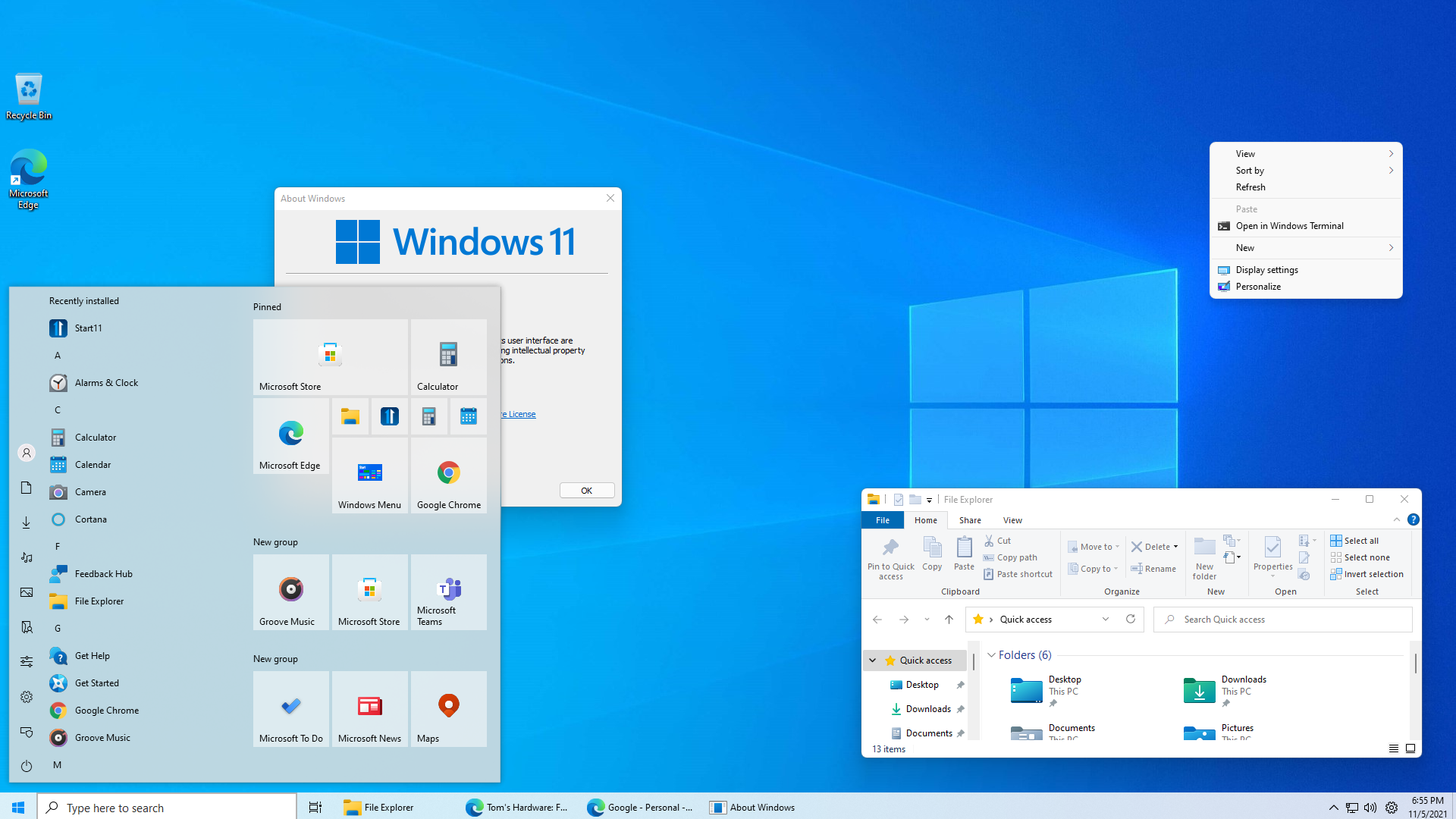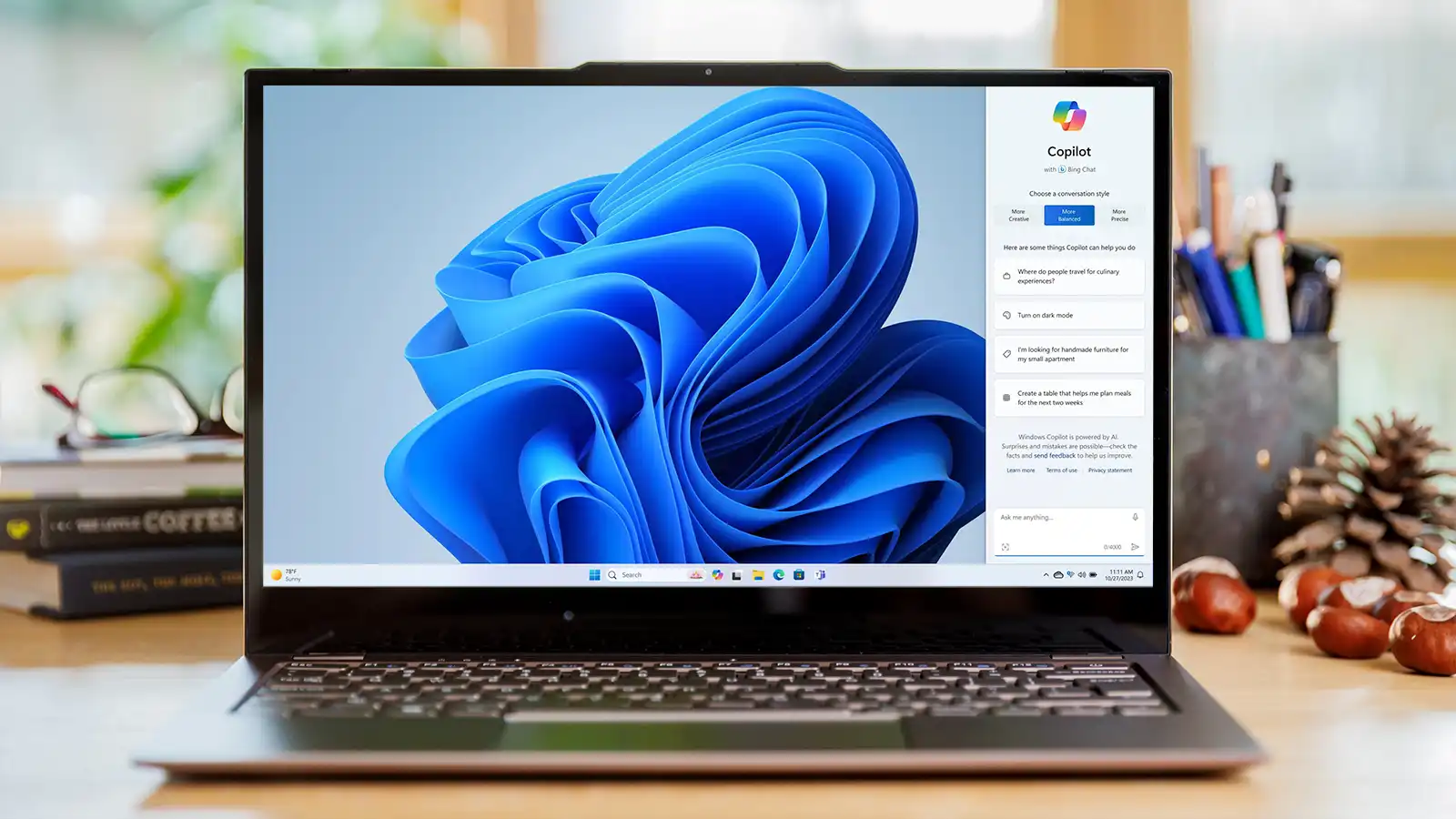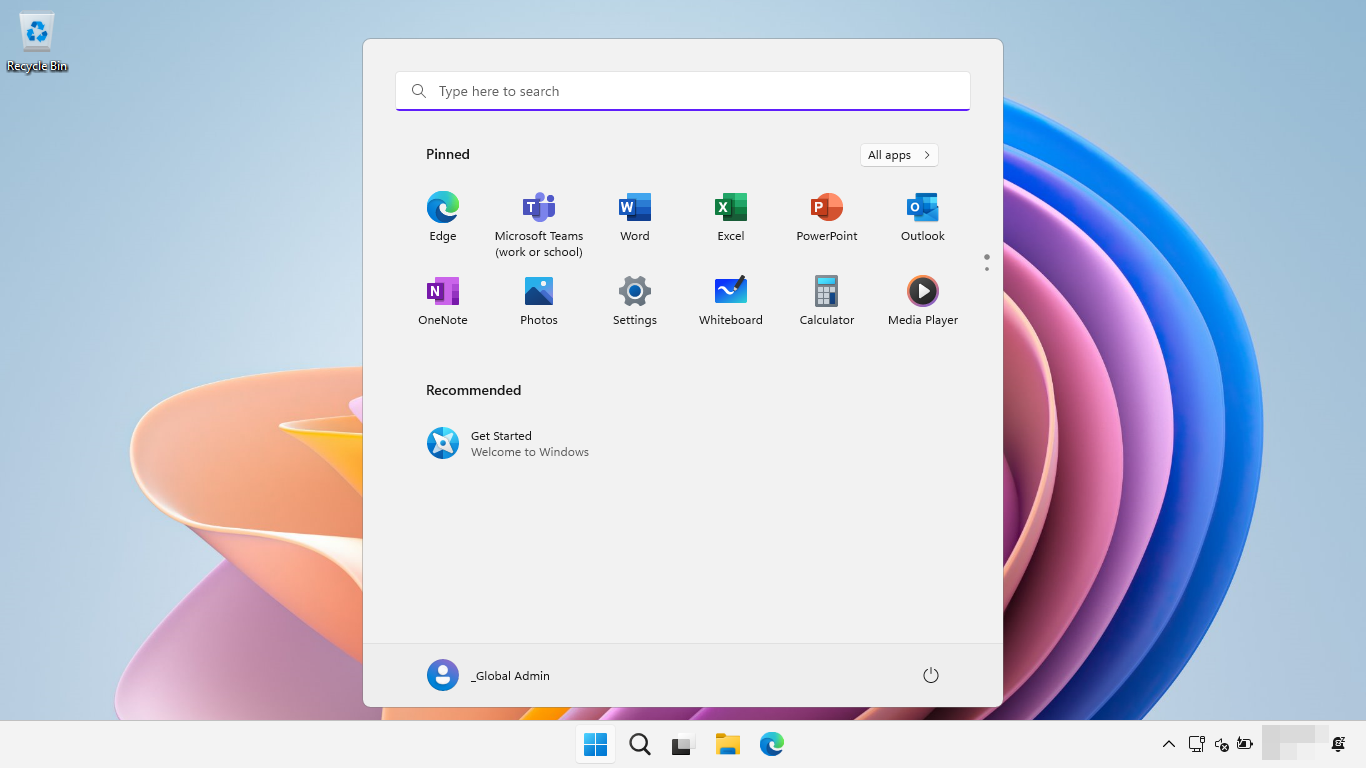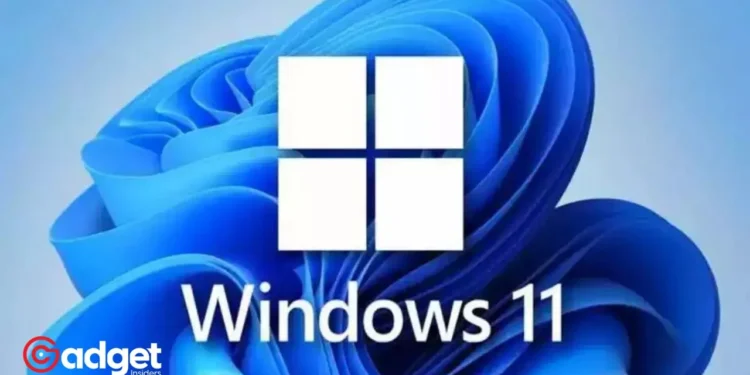The forthcoming Windows 11 update 24H2 is poised to redefine the minimum hardware standards, making it clear that the future of Windows is not just about software innovation but also about leveraging cutting-edge hardware capabilities. In an era where technology is evolving at an unprecedented pace, Microsoft is setting a new benchmark for modern computing with its latest update.
Let’s delve into what this means for PC users around the globe and how it marks the end of an era for older PCs.

The Heart of the Matter: POPCNT CPU Feature
At the core of this seismic shift is the POPCNT (Population Count) CPU feature, a requirement that is set to become a cornerstone for booting Windows 11 update 24H2. This update signifies a clear message from Microsoft: the future of Windows 11 updates demands modern hardware.
POPCNT, a feature supported by all modern CPUs, is now essential for running the latest version of Windows. But what does this mean for the average user? For those who have invested in new PCs recently, this update will likely pass unnoticed in terms of compatibility.
These modern machines come equipped with CPUs that naturally support POPCNT, aligning perfectly with Microsoft’s new directive. However, the landscape is starkly different for users clinging to relics of the past.

Windows 11 Update: A Farewell to Legacy Systems
PCs that predate the Nehalem-based Core i7 processors, introduced by Intel in 2008, find themselves at a crossroads. These systems, over fifteen years old, lack the POPCNT instruction, rendering them incapable of embracing Windows 11 update 24H2.
This update does not just represent a software upgrade; it symbolizes the end of the line for these aging machines running the latest Windows operating system. The implications of this move are profound.
Bob Pony highlighted on the X platform that Microsoft had silently laid the groundwork for this transition last year, with Windows 11 updateInsider Preview build 25905 showcasing system files that necessitate POPCNT support. This includes critical drivers like USB XHCI, essential for managing USB 3.0 and newer connections, now relying on POPCNT functionalities.
The upcoming #Windows11 24H2 update will now make it impossible to run the OS on an old PC. https://t.co/iBPR1zo4nk
— Digital Trends (@DigitalTrends) February 13, 2024
Navigating the New Era
For those attempting to run Windows 11 update on unsupported hardware, the path ahead is fraught with challenges. Previous workarounds and tricks to bypass hardware requirements are likely to hit a wall with the POPCNT mandate.
The stark reality is that without POPCNT support, PCs with outdated CPUs will face a hard stop, unable to boot Windows 11 update 24H2. This update is not just a technical requirement; it’s a pivotal moment that underscores Microsoft’s commitment to pushing the envelope of PC performance and security.
By setting a clear hardware baseline, Windows 11 update 24H2 is not only enhancing the user experience but also ensuring that the ecosystem moves forward, hand in hand with advancements in hardware technology.

Looking Ahead
As we stand on the brink of this new era, it’s clear that the Windows 11 update 24H2 update is more than just a routine software release. It’s a watershed moment that delineates the supported from the obsolete, urging users to embrace the new wave of technological innovation.
For those with modern PCs, this update is a seamless step forward. But for users of older technology, it’s a clarion call to upgrade, ensuring they’re not left behind in the rapidly evolving digital landscape.
In conclusion, the Windows 11 update 24H2 update is a testament to Microsoft’s vision for a future where software and hardware in tandem pave the way for unparalleled computing experiences. As we bid farewell to older PCs, we welcome a new age of performance, security, and innovation.










